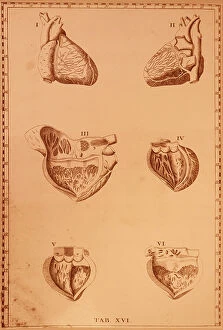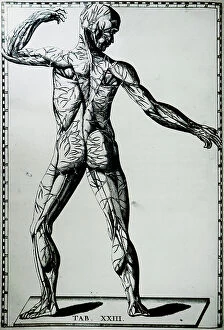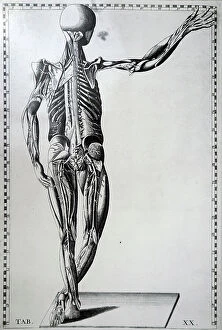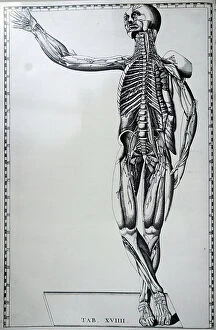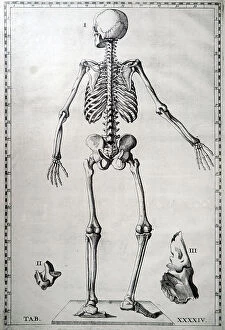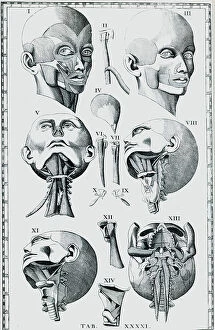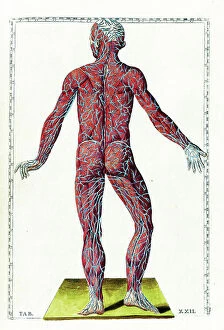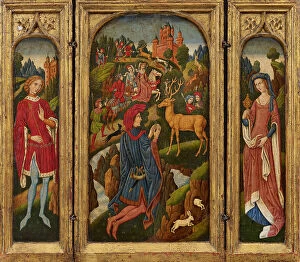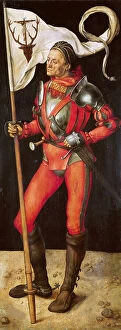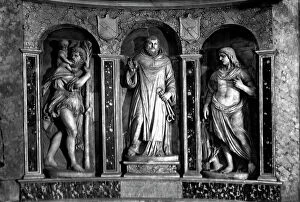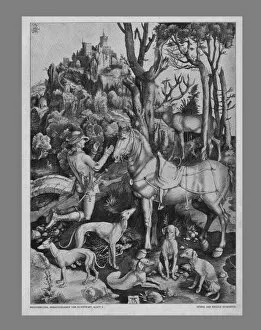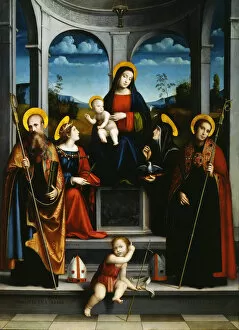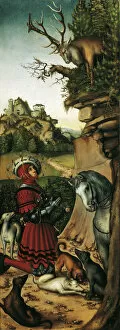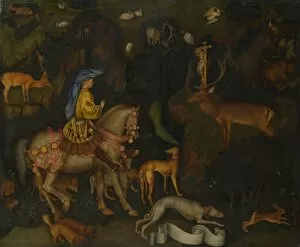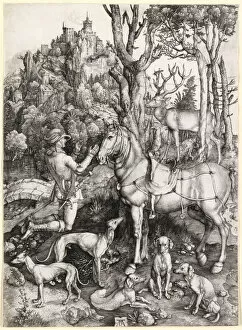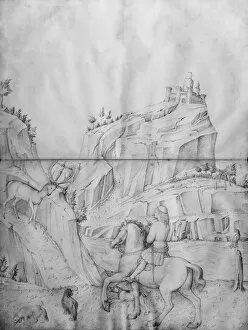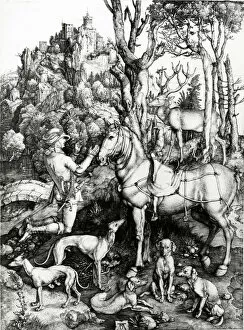Eustachius Collection
"Eustachius: A Tale of Saints, Martyrdom, and Divine Visions" In the realm of art history, the name Eustachius resounds with tales of saints, martyrdoms
For sale as Licensed Images
Choose your image, Select your licence and Download the media
"Eustachius: A Tale of Saints, Martyrdom, and Divine Visions" In the realm of art history, the name Eustachius resounds with tales of saints, martyrdoms, and divine visions. From St. Eustache's engravings on paper in 1501 to Lucas Cranach's depiction of Saint Eustace in the 16th century, these artworks transport us through time. Francesco Francia's "Virgin and Child with Saints Benedict" introduces us to a gathering of holy figures - Justina, Placidus, and Scholastica - surrounding the Virgin Mary and her child. Painted around 1515, this masterpiece showcases Francia's skillful brushstrokes that bring spirituality to life. Correggio takes us into a world of martyrdom in his work "Martyrdom of the Saints Placidus. " With Flavia Domitilla by their side, Eutychius and Victorinus face their fate as they stand firm in their faith. Created in 1525 by Correggio himself, this painting captures both courage and devotion. Pisanello's "The Vision of Saint Eustace, " dating back to approximately 1440 is an ethereal portrayal that transports viewers into a mystical realm where man meets beast amidst heavenly rays. The artist Antonio Pisanello masterfully captures this divine encounter leaving spectators captivated by its beauty. Albrecht Durer also lends his artistic prowess to portrayals of St. Eustace; from his engraving created around 1501 to his oil-on-lime panel piece titled "Right wing of Paumgarner altarpiece" painted circa 1503. Durer seamlessly blends intricate details with spiritual symbolism that resonates even centuries later. Not limited solely to paintings or engravings but extending further into literature is the Book of Hours made in Toledo around 1480.

